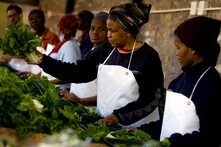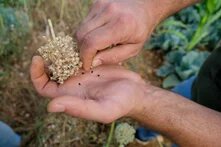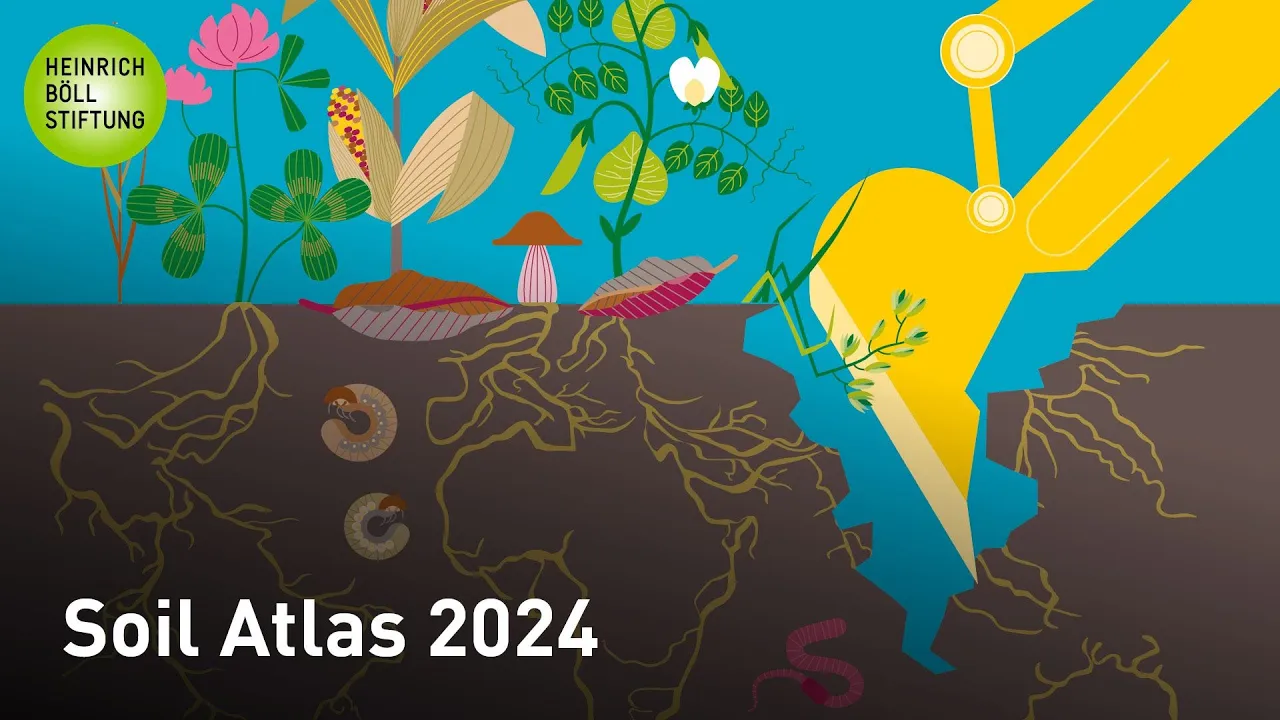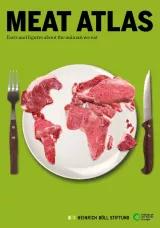Division International Agricultural Policy
With less resource consumption and less environmental damage, more and more people around the world need to be fed - how can future agriculture create the squaring of the circle?
Recordings Livestreams
Welcome remarks
- Anna Lappé, Executive Director of the Global Alliance for the Future of Food
Presentation of the Soil Atlas 2024
- Larissa Stiem-Bhatia, Programme Lead – Nature-Based Solutions at TMG Thinktank for Sustainability
Panel Discussion
- Rosinah Mbenya, Participatory Ecological Land Use Management (PELUM) Kenya
- Mino Ramaroson, Regional Coordinator Africa, Huairou Commission on women’s land rights in Africa
- Vijay Kumar Thallam, advisor on agriculture and cooperation to the state Government of Andhra Pradesh, India
- Victor Castillo, Full Research Professor at the Department of Soil and Water Conservation, Spanish National Research Agency (CSIC)











